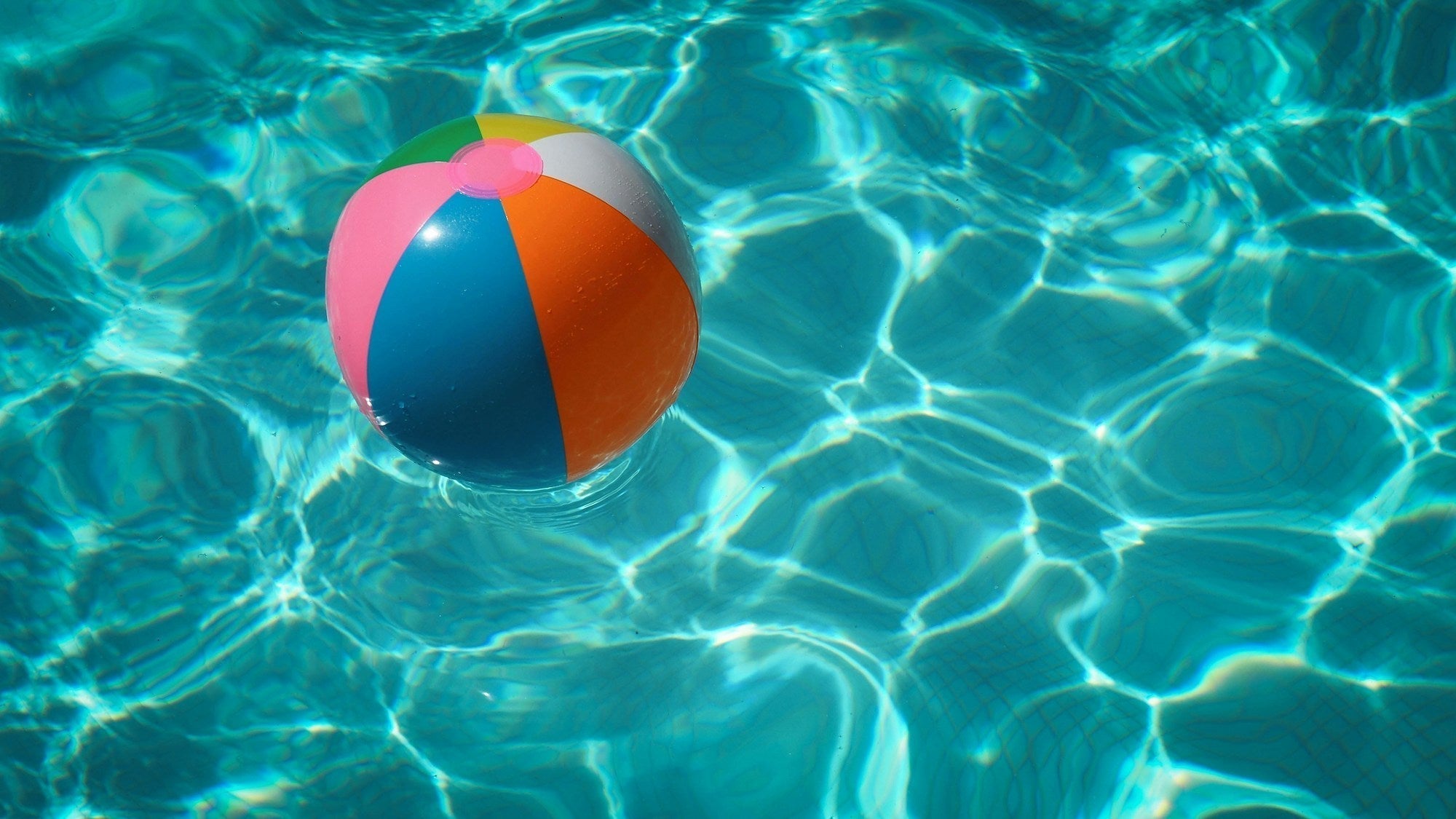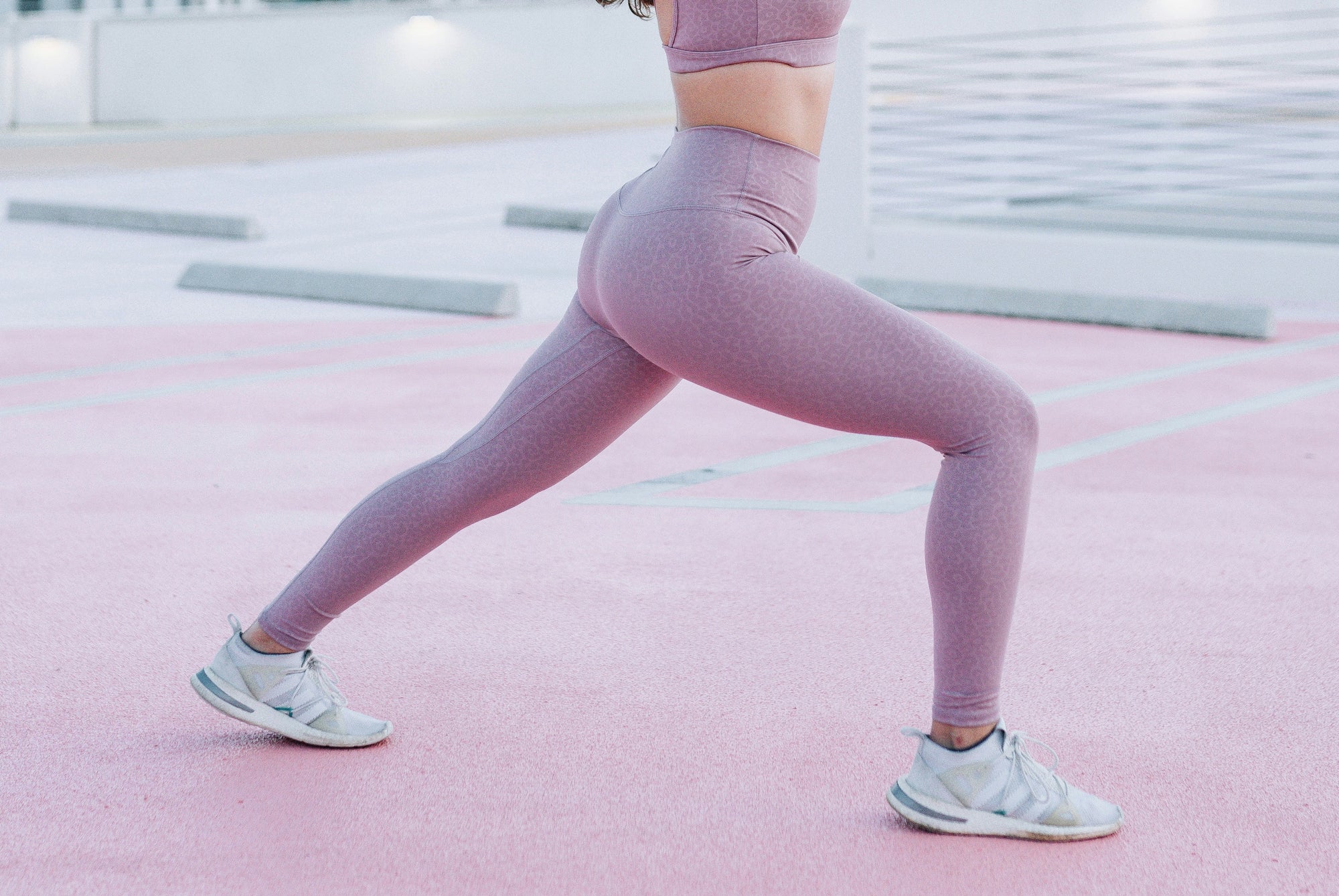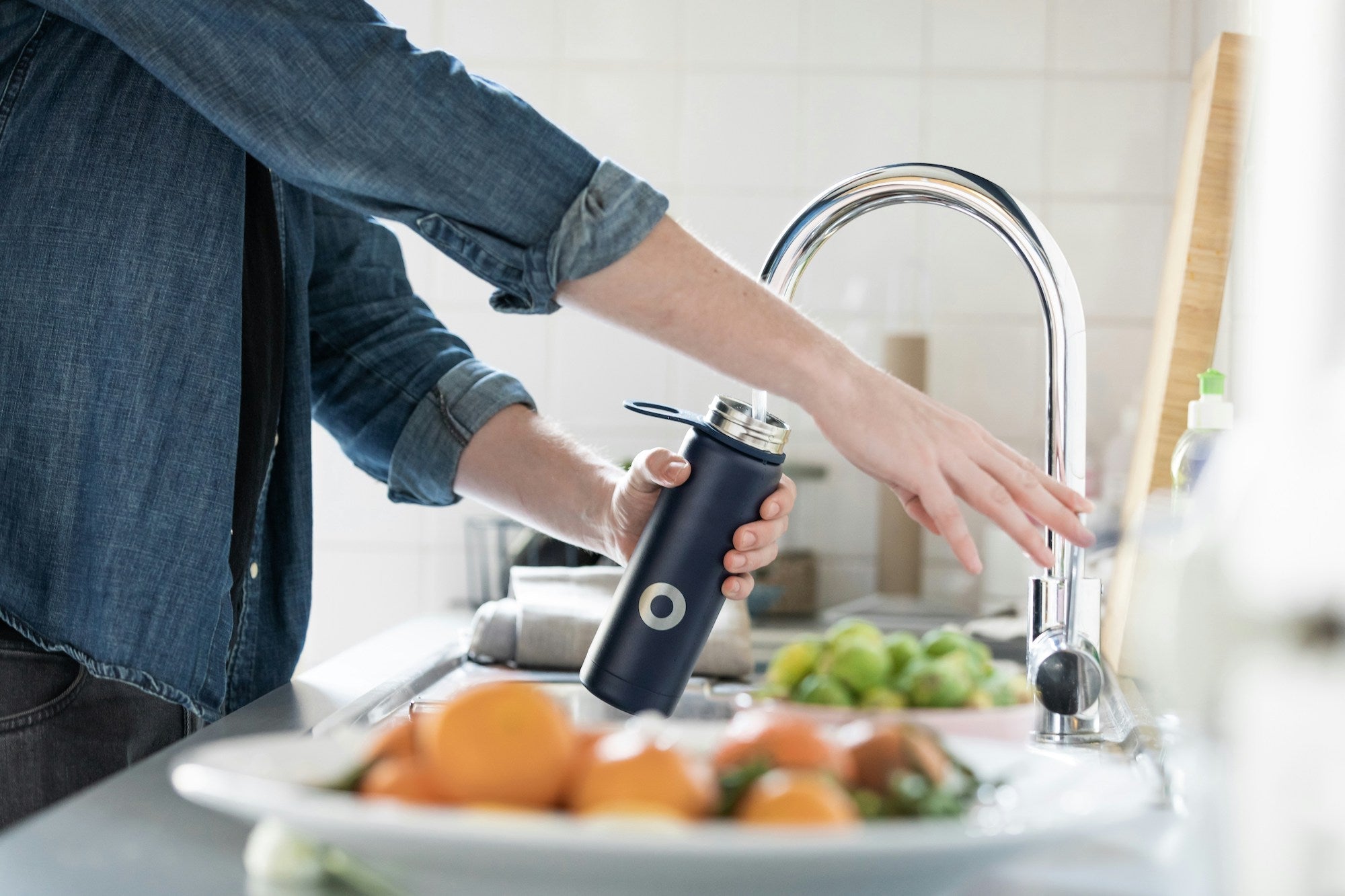
If you’ve ever flipped over a cleaning or personal care product and found yourself squinting at a list of ingredients that reads like a science textbook… you’re not alone. The truth is, just because something is sitting on a supermarket shelf doesn’t mean it’s safe — especially when it comes to what we bring into our homes and around our kids.
But the good news? You don’t need to be a chemist to make informed choices. There are some excellent tools and resources out there that can help decode labels and give you a clearer picture of what’s really inside the products you use every day.
Here are some of our go-to ingredient-checking tools to help you shop smarter and live cleaner:
1. EWG’s Skin Deep Database
Best for: Personal care and beauty products
The Environmental Working Group (EWG) rates ingredients and entire products on a scale from 1 (low hazard) to 10 (high hazard), based on current scientific research and regulatory data.
🔍 You can search for individual ingredients or whole product names.
📱 Bonus: They also have a handy app called Healthy Living!
2. Think Dirty App
Best for: Scanning barcodes while shopping
Think Dirty lets you scan a product’s barcode and gives you a simple safety rating, along with a breakdown of each ingredient’s potential health impacts. Super handy when you’re out and about or clearing out your bathroom cabinet.
💡 Great for spotting sneaky “greenwashed” products that look clean but aren’t.
3. Clearya (Browser Extension + App)
Best for: Online shopping
Clearya automatically scans product listings on major websites like Amazon, iHerb, and Sephora. It flags ingredients that may pose health or environmental risks — no searching or scanning required.
💻 Works as a browser extension and as an app, making online low-tox shopping a breeze.
4. Yuka App
Best for: Food and cosmetics
Yuka lets you scan product barcodes and gives them a health score based on ingredient safety, nutritional quality (for food), and more. It’s clean, easy to use, and gives clear alternatives when something doesn’t pass the test.
🌿 Bonus: Yuka is European-based, so it’s especially useful for products found in Australia and the EU.
5. CosmEthics App
Best for: Personal care and beauty products
CosmEthics is great for identifying ingredients linked to allergies, hormone disruption, or irritation. You can even customise your own list of “avoid” ingredients, and it will alert you when they pop up in a product.
📲 It’s ideal for people with sensitivities or specific ingredient concerns.
6. OnSkin App
Best for: Ingredient transparency and education
OnSkin gives detailed ingredient breakdowns, risk assessments, and explains what each ingredient does — in plain language. A helpful tool for truly understanding what’s in your skincare.
📱 Easy to use and ideal if you're trying to learn while you shop.
A Few Quick Tips for Reading Labels Without an App:
-
If you see “fragrance” or “parfum” with no further breakdown — be cautious. These terms can hide a cocktail of unlisted chemicals.
-
Long, unpronounceable ingredient names? Not always bad — but definitely worth looking up.
-
Claims like “natural” or “eco” aren’t regulated — always check beyond the marketing.
Start Small and Build Confidence
Learning to read labels and understand ingredients takes a bit of practice — but you don’t need to do it all at once. Start with one category (like body wash or cleaning spray), lean on the tools above, and trust that every small switch adds up to a healthier home.
Got a product you’re unsure about? Drop us a message — we’re always happy to help decode the label!






